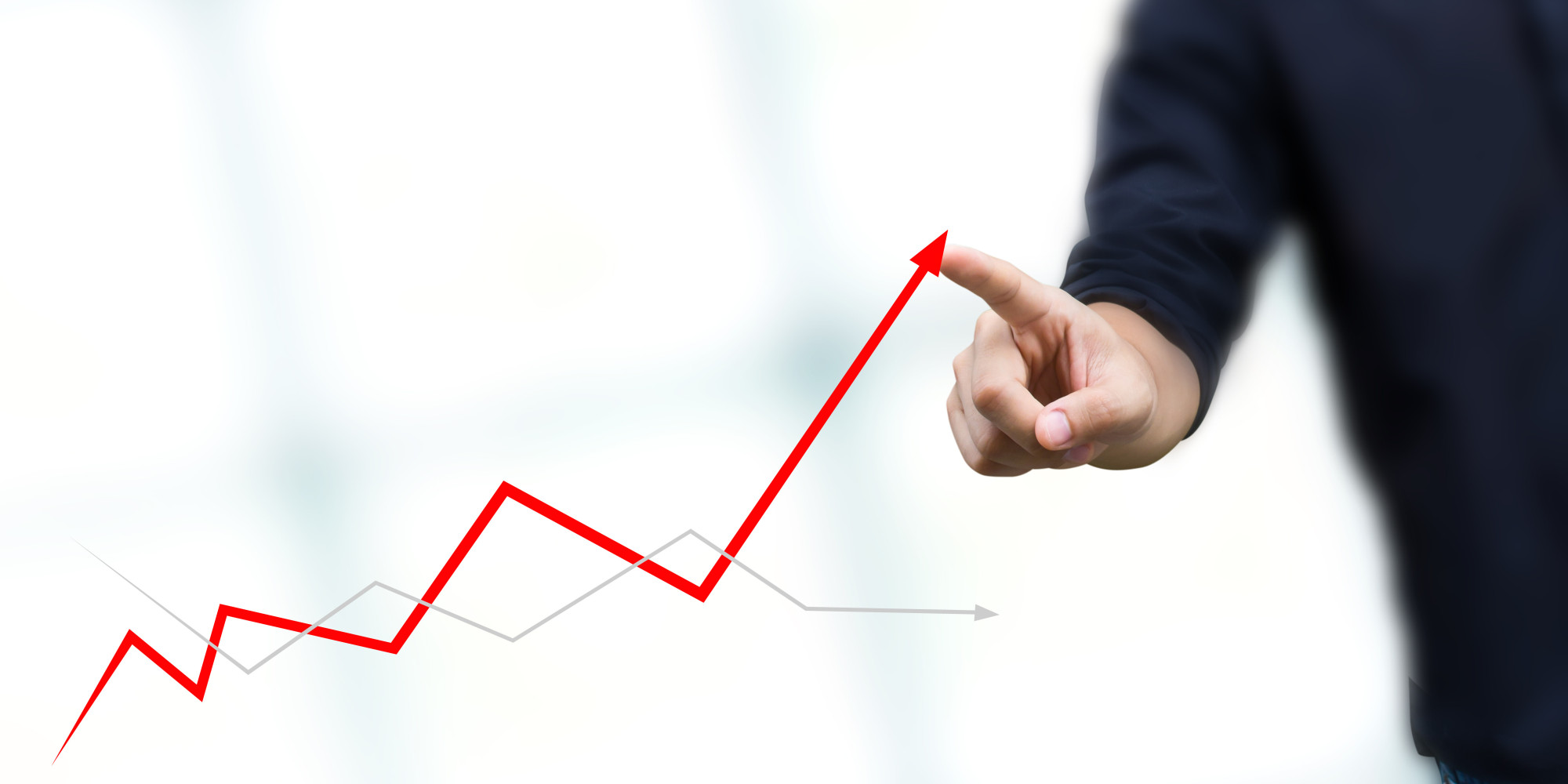Iran's economic growth for three quarters of the current fiscal year (March 20-Dec. 20, 2016) stood at 7.2%, according to First Vice President Es’haq Jahangiri.
As reported by Mehr News Agency, Jahangiri put the growth rate for the period without taking oil production into account at 5%.
The details of Iran's GDP growth as per each economic sector have yet to be released by relevant government bodies, namely the Central Bank of Iran and the Statistical Center of Iran.
Iran’s economy emerged from recession in 2014 with a 3% growth. The rebound followed two years of recession when the economy contracted 5.8% and 1.9% back to back, according to the Central Bank of Iran.
Last year's (ended March 2016) growth was put at 0.9% by the Statistical Center of Iran.
Prior to Jahangiri's Saturday remarks, the latest statistics on Iran's economic growth pertained to the first half of the fiscal year (Q1 and Q2). The growth over the six months to September 20 stood at 7.4%. The figures for spring and summer were 5.4% and 9.2% respectively. The GDP growth, excluding oil sector, amounted to 0.9%.
The figure for Q1 stood at -0.9%, while Q2 growth without oil amounted to 2.6%. The oil sector registered the highest increase in GDP in the period with a growth of 61.3%. A 55.4% and 67.2% growth was reached in the first and second quarters respectively.
Other sectors posting growth in H1 include the agriculture and services, registering a 4.8% growth each. Both experienced a 4.2% growth in spring and 5% in summer. The two sectors of 'industry' and 'electricity, gas and water' recorded a 4.6% growth each—2.9% for Q1 and 6.2% for Q2.
The construction sector showed the biggest contraction during the six–month period, experiencing a -13% growth, with -25.6% for spring and -2.6% for summer.
The mining sector registered a -7.3% growth with the first and second quarters registering -9.4% and -5.4% respectively.
The recent economic growth in Iran owes greatly to the removal of sanctions against the country, especially against its oil sector, as part of the nuclear deal Tehran signed with world powers in 2015, which opened up Iran's economy to the world.
In exchange for the sanctions removal, Iran agreed to scale back the scope of its nuclear program.
According to government data, Iran is now pumping more than 3.9 million bpd of crude oil and condensates, and the output is expected to reach the 4-mbpd mark in April, the level it used to ship before the tightening of sanctions. Oil exports stand at around 2.8 million bpd.
Production peaked at 4.2 million bpd for a short spell before the international sanctions were tightened against Tehran in 2011 and 2012.
Iran is now the third-largest OPEC producer behind Saudi Arabia and Iraq, which pump around 10 million bpd and 4.5 million bpd respectively.
The International Monetary Fund has projected in its latest report that Iran’s economic growth will stabilize at 4.5% over the mid-term, as the country’s recovery broadens.
Real GDP growth is expected to reach 6.6% in 2016/17 and to ease to 3.3% in 2017/18, as oil production remains close to the OPEC target, according to the report.


